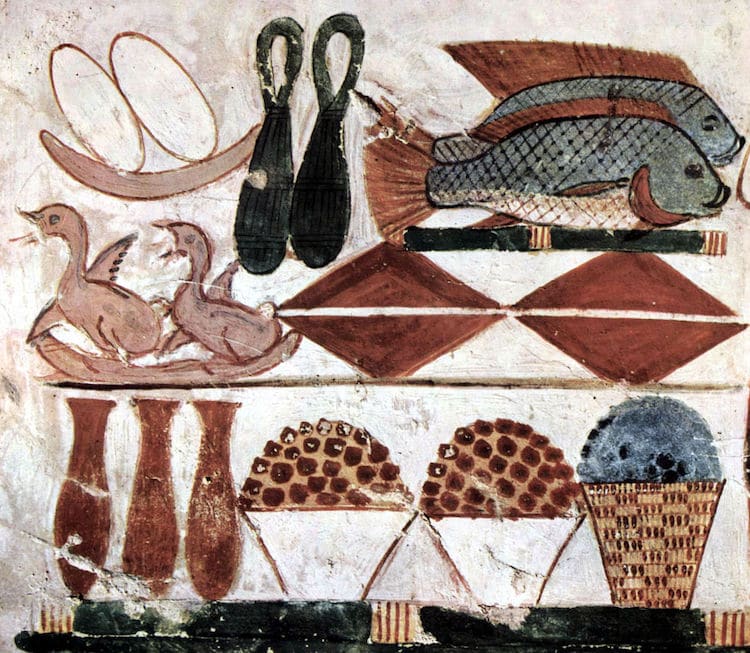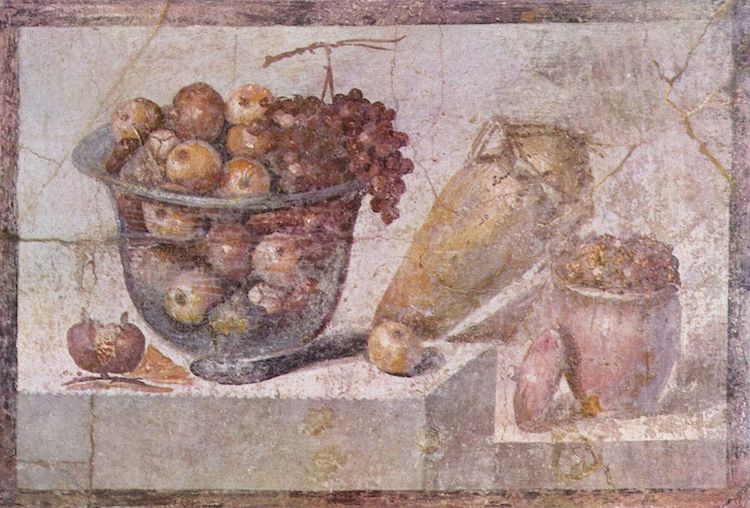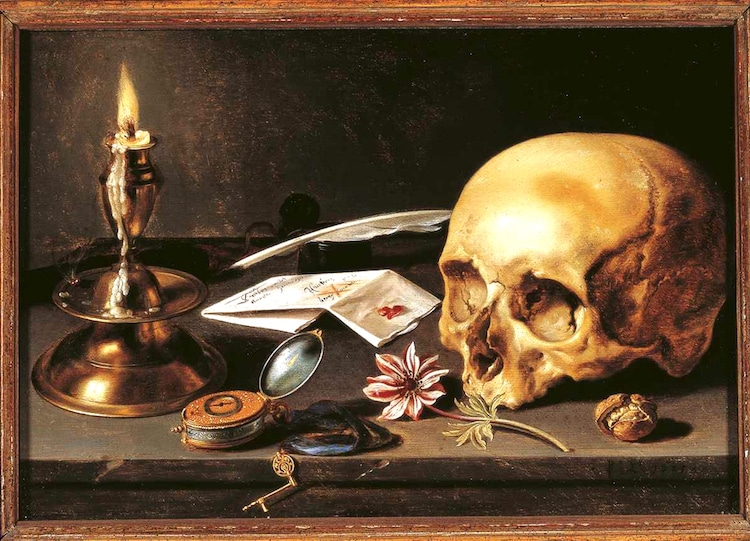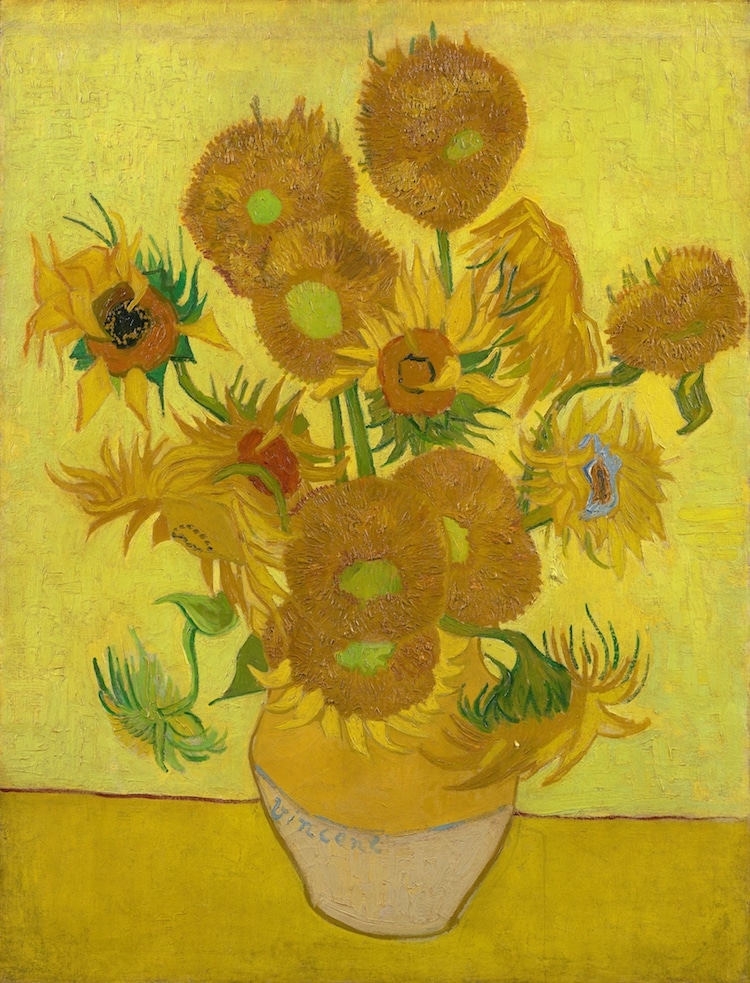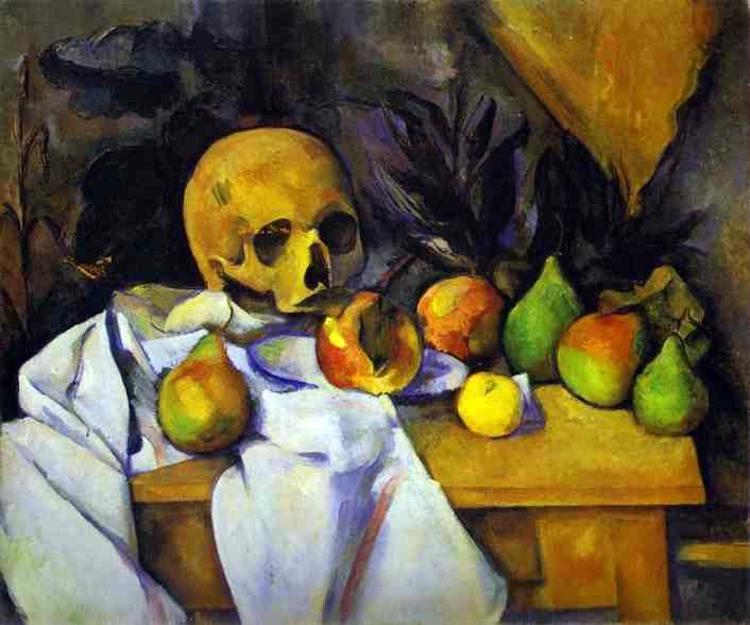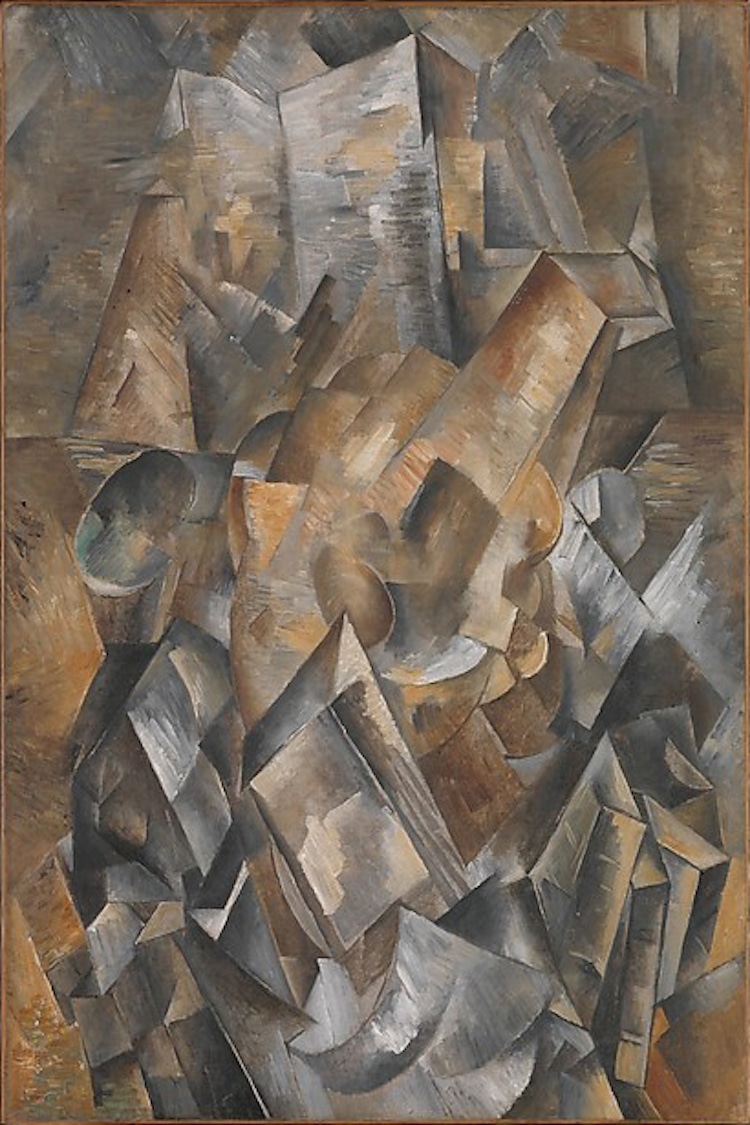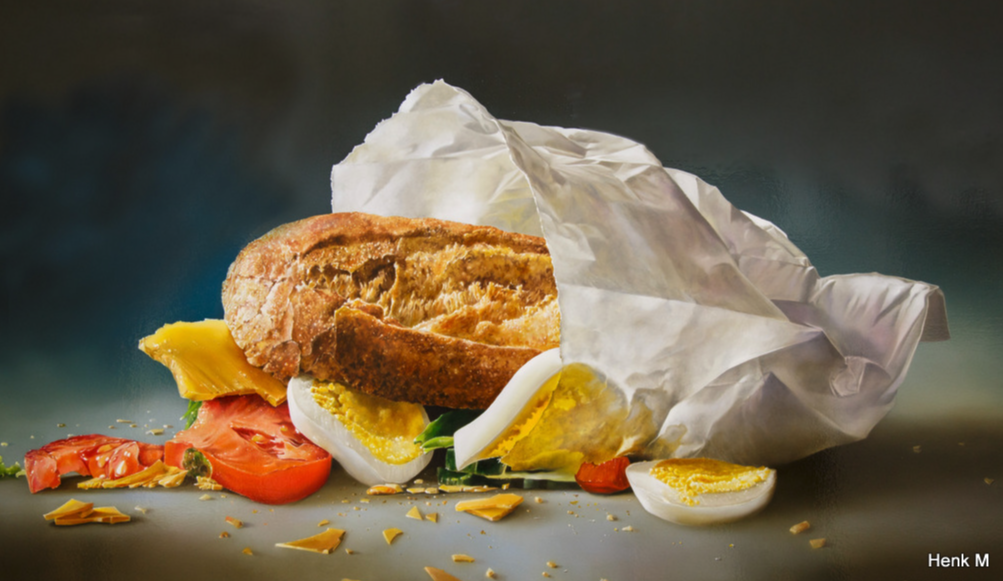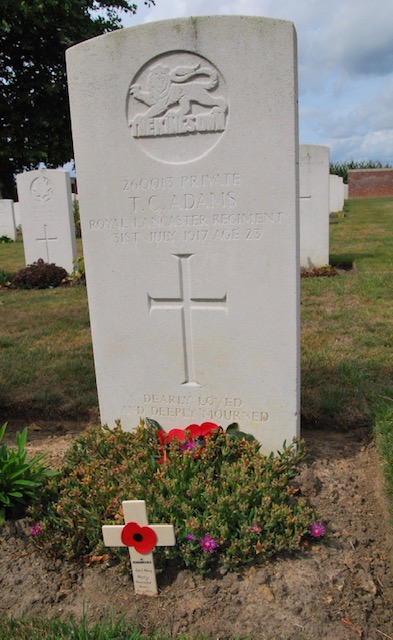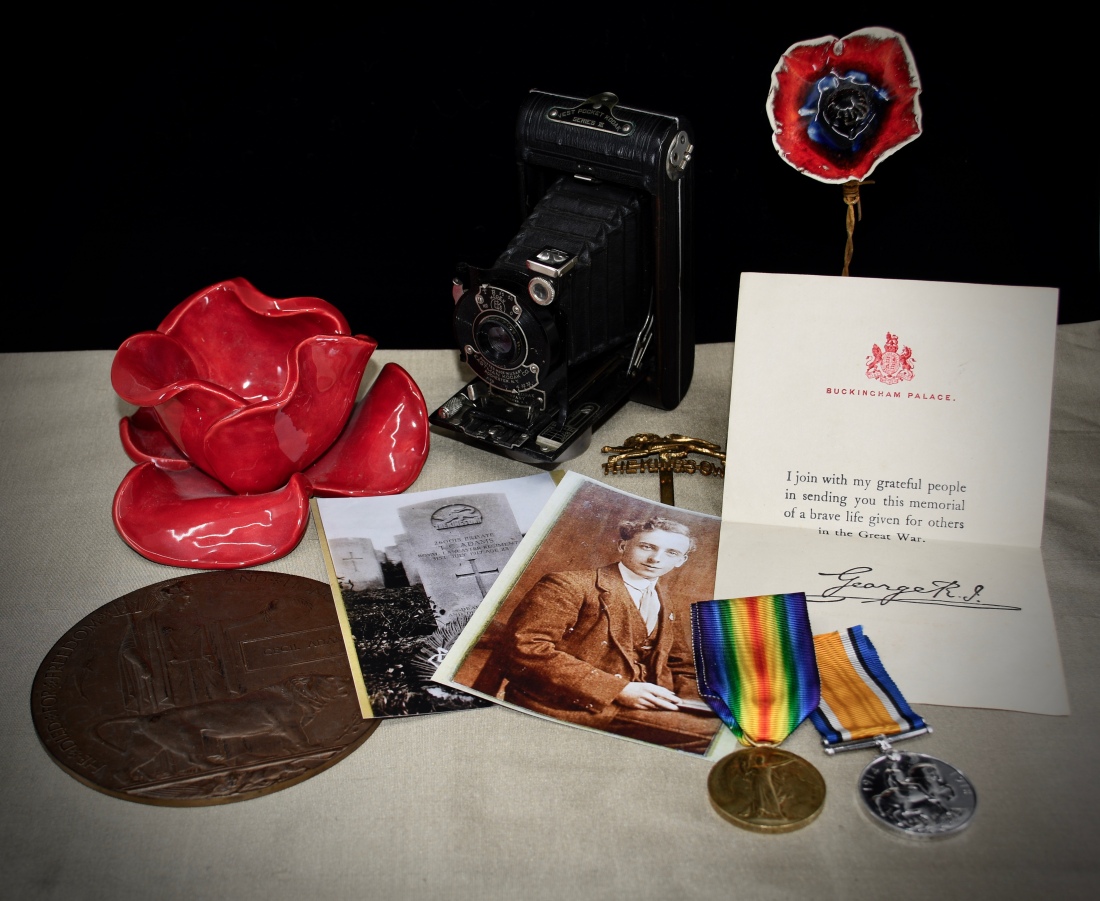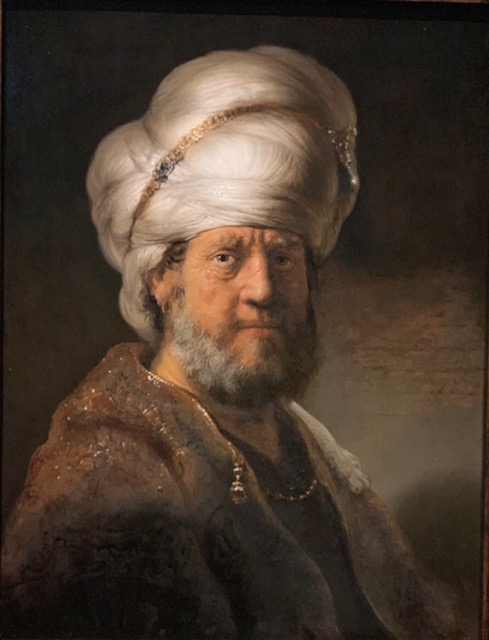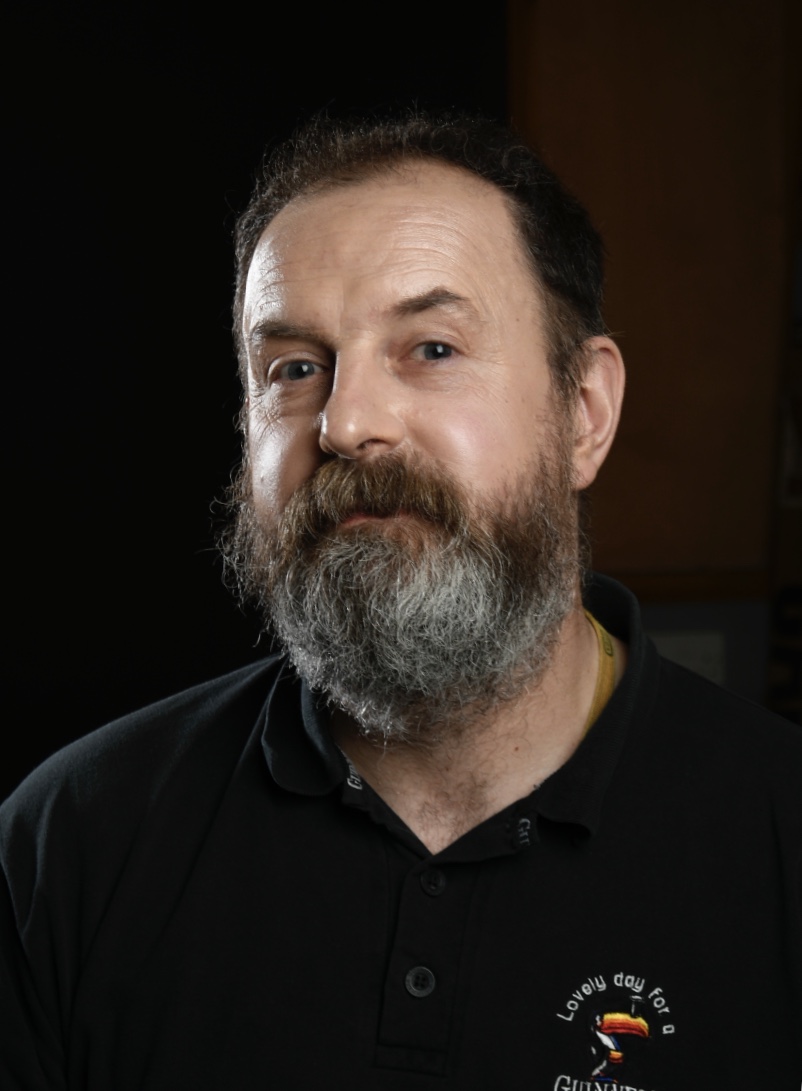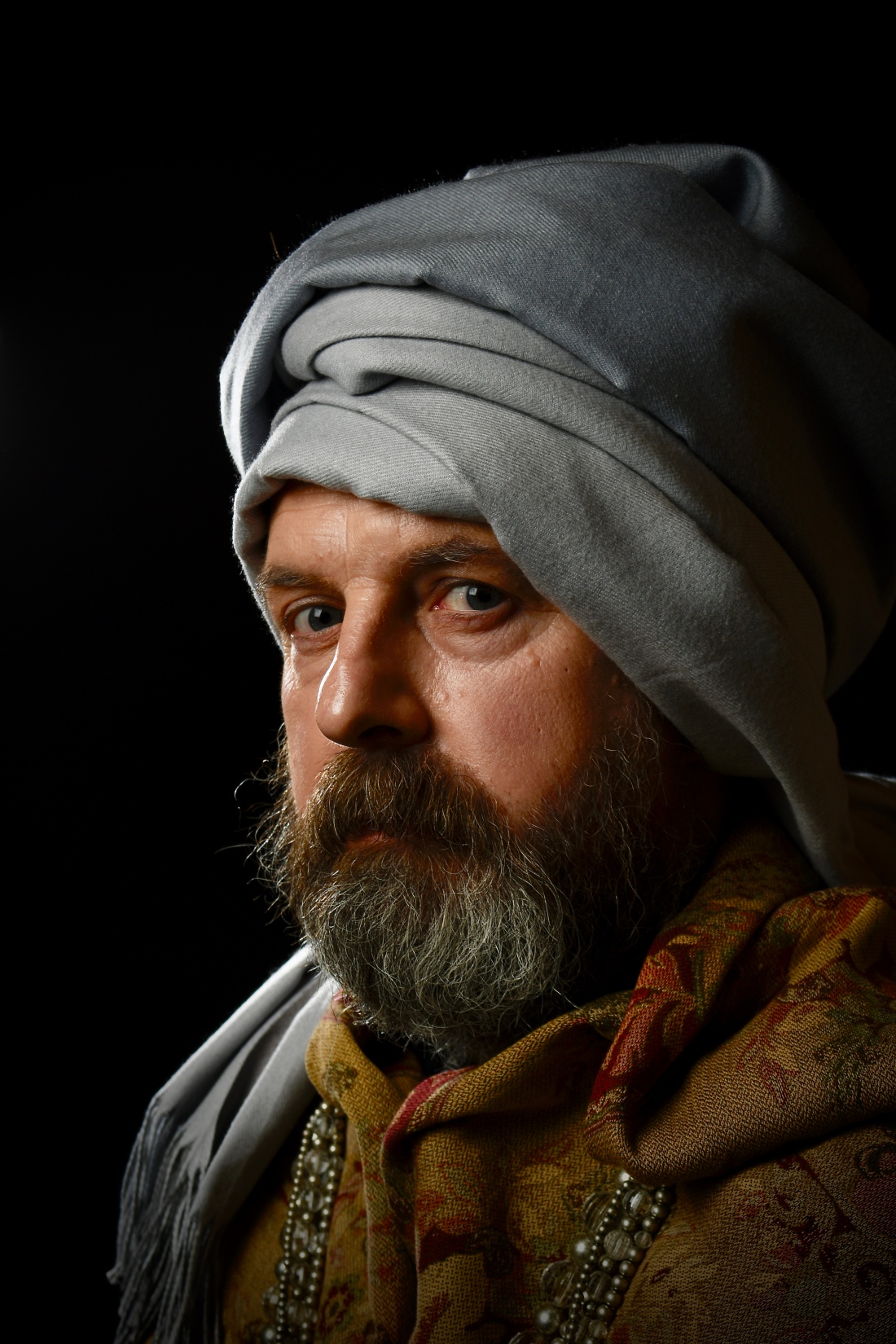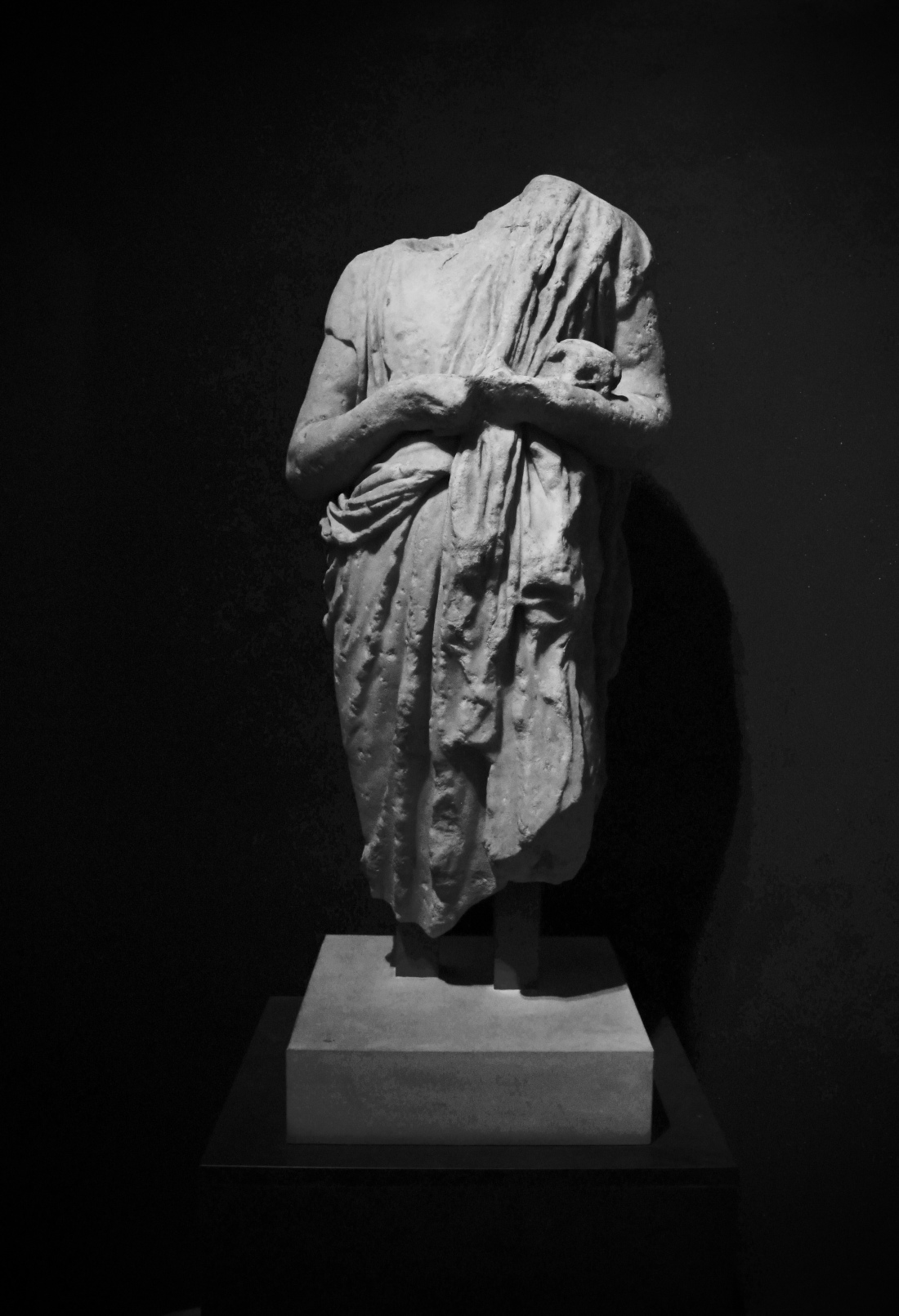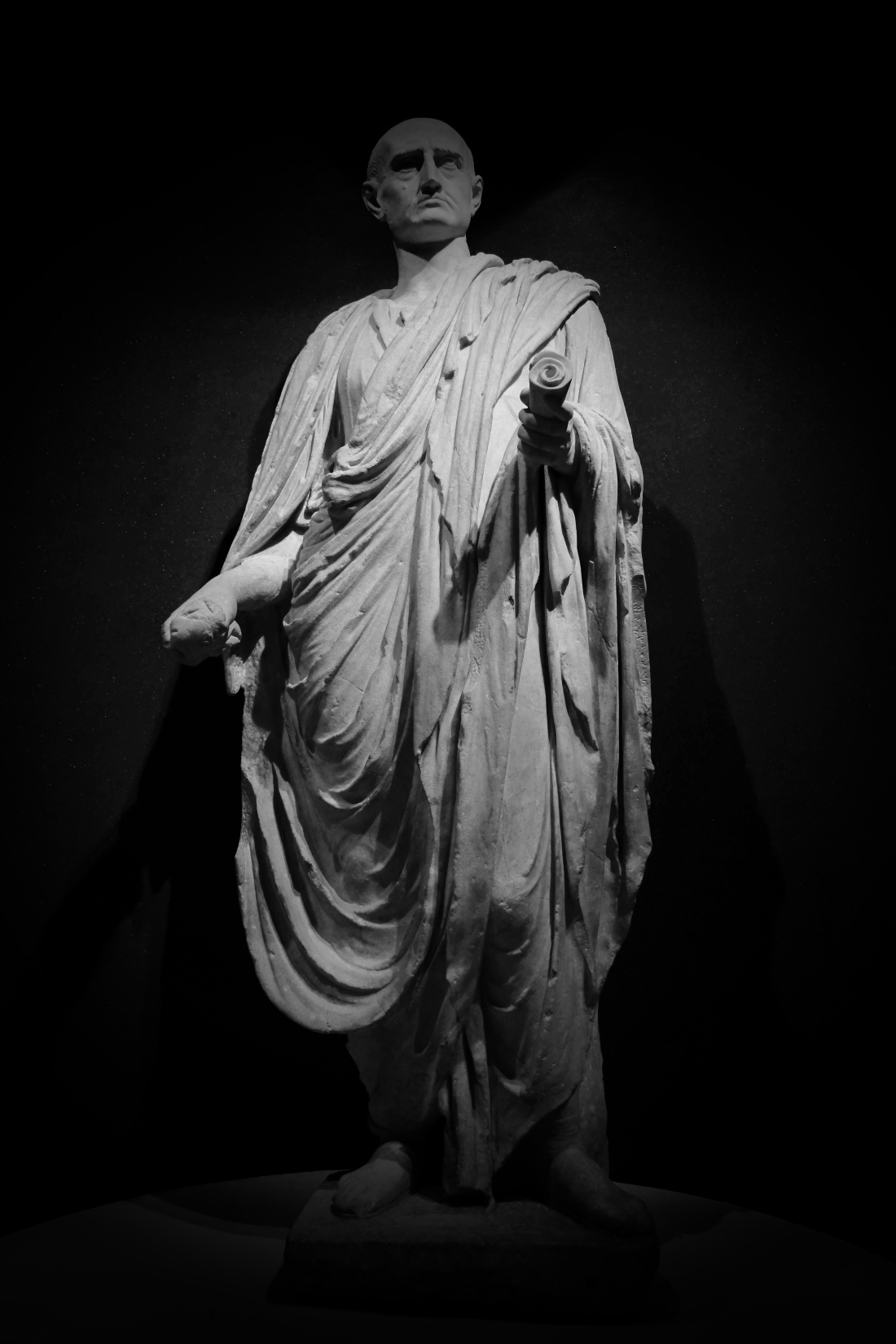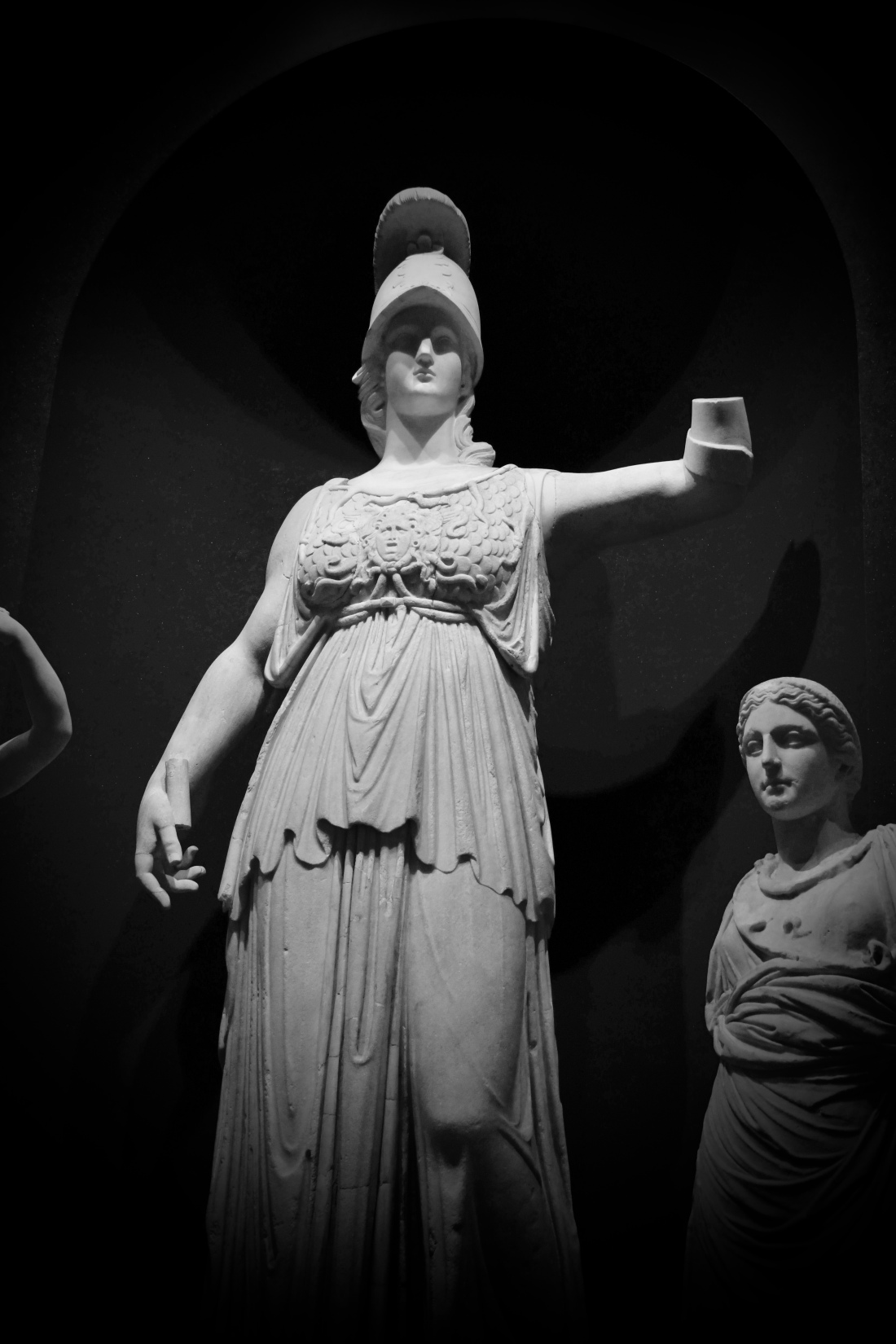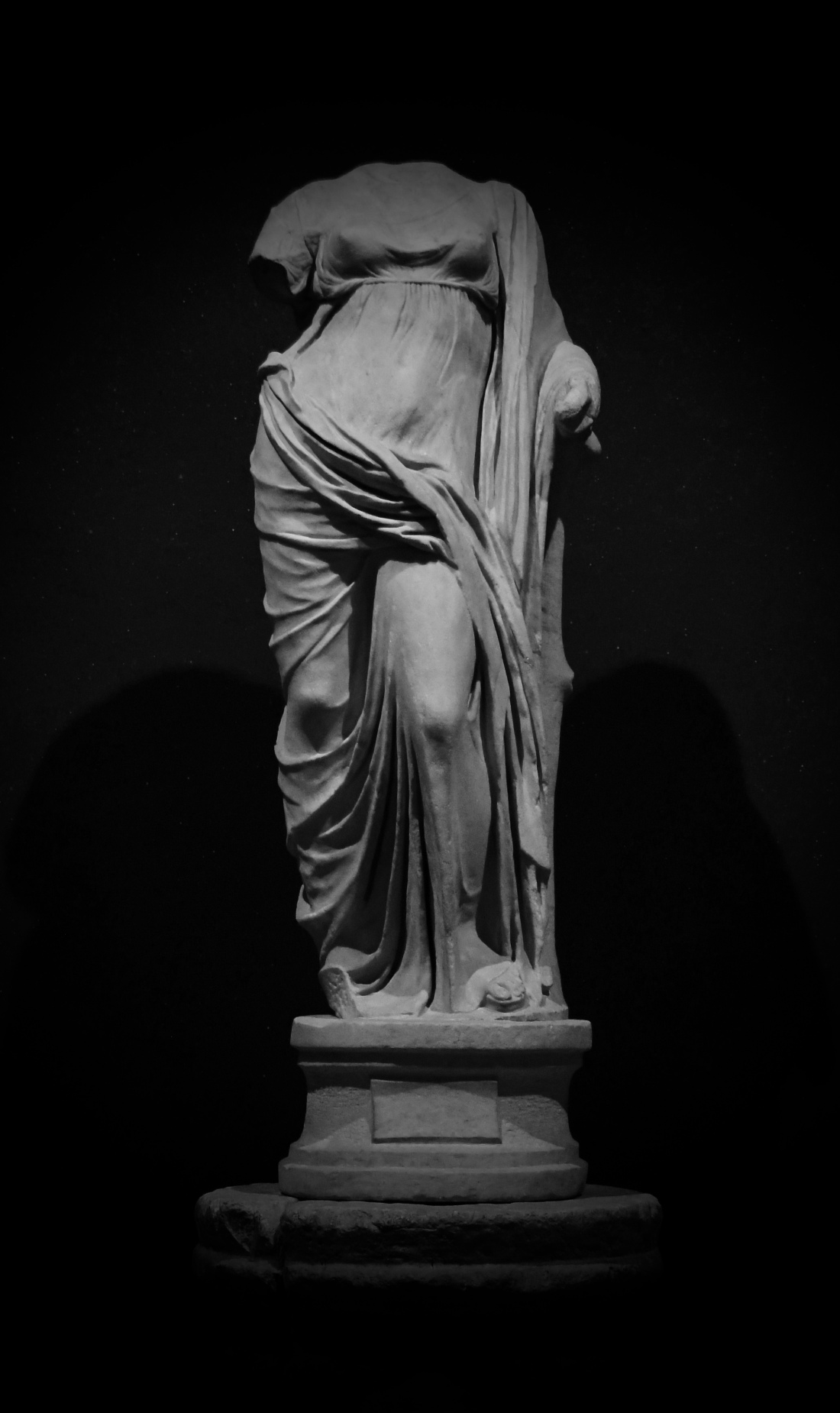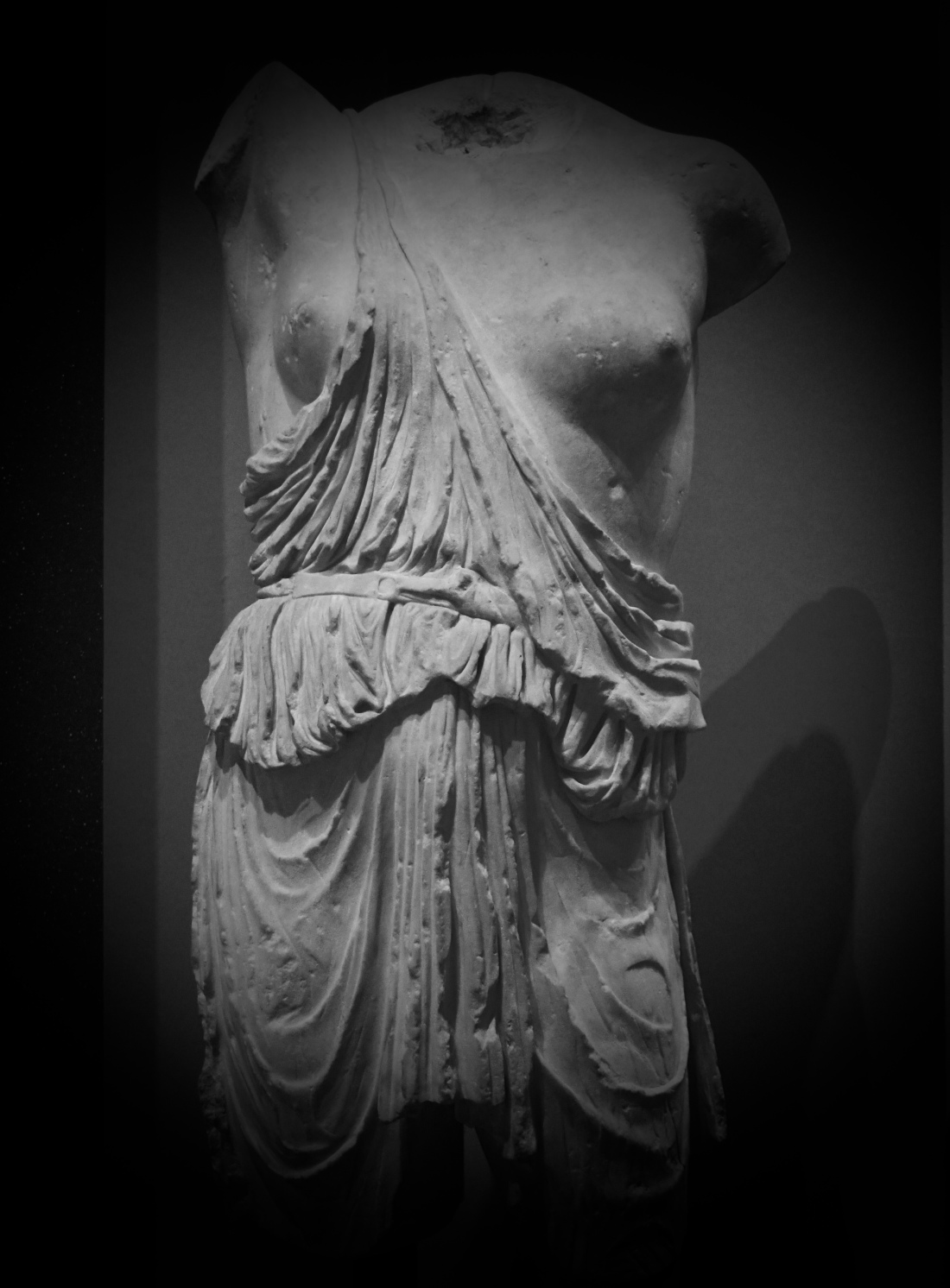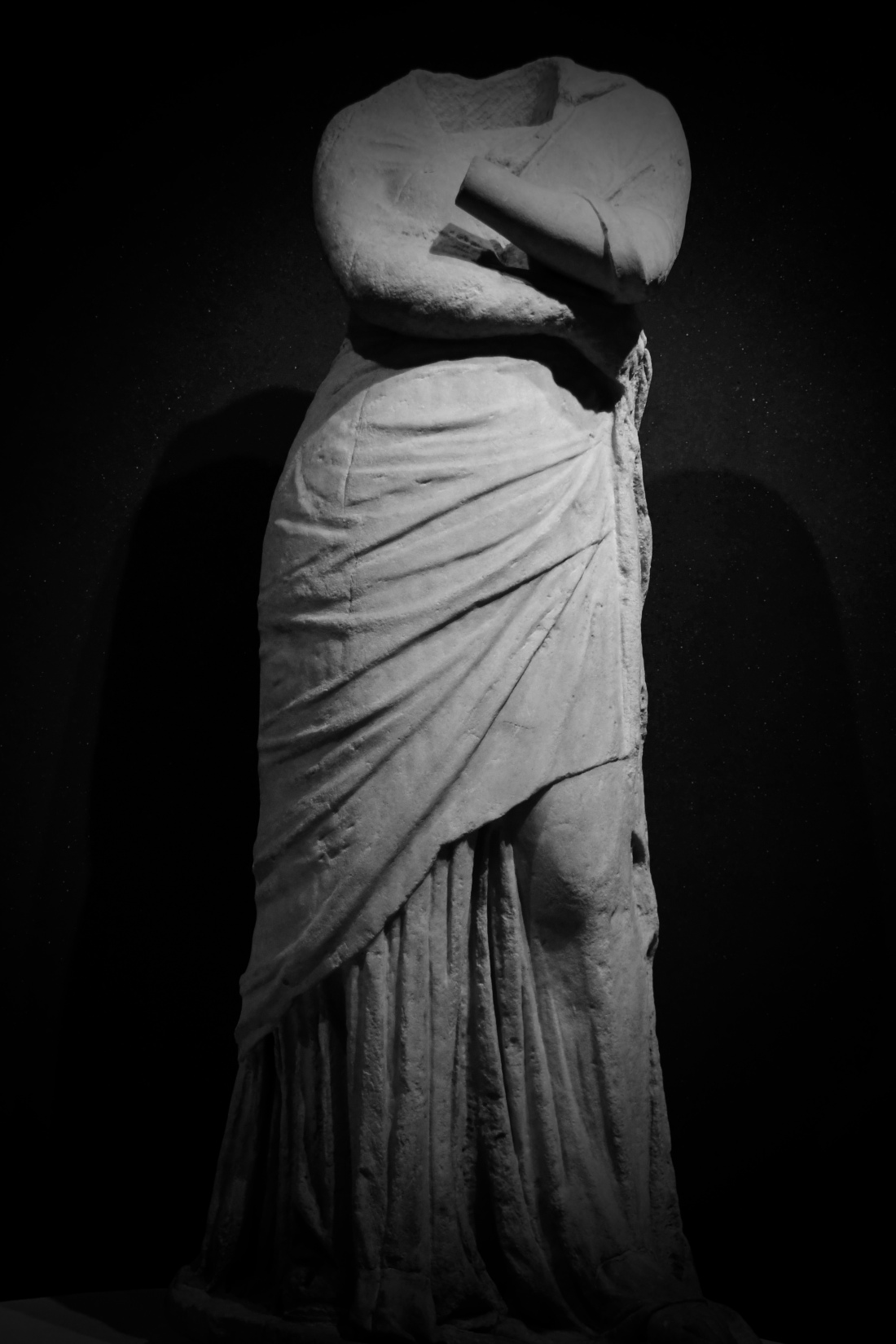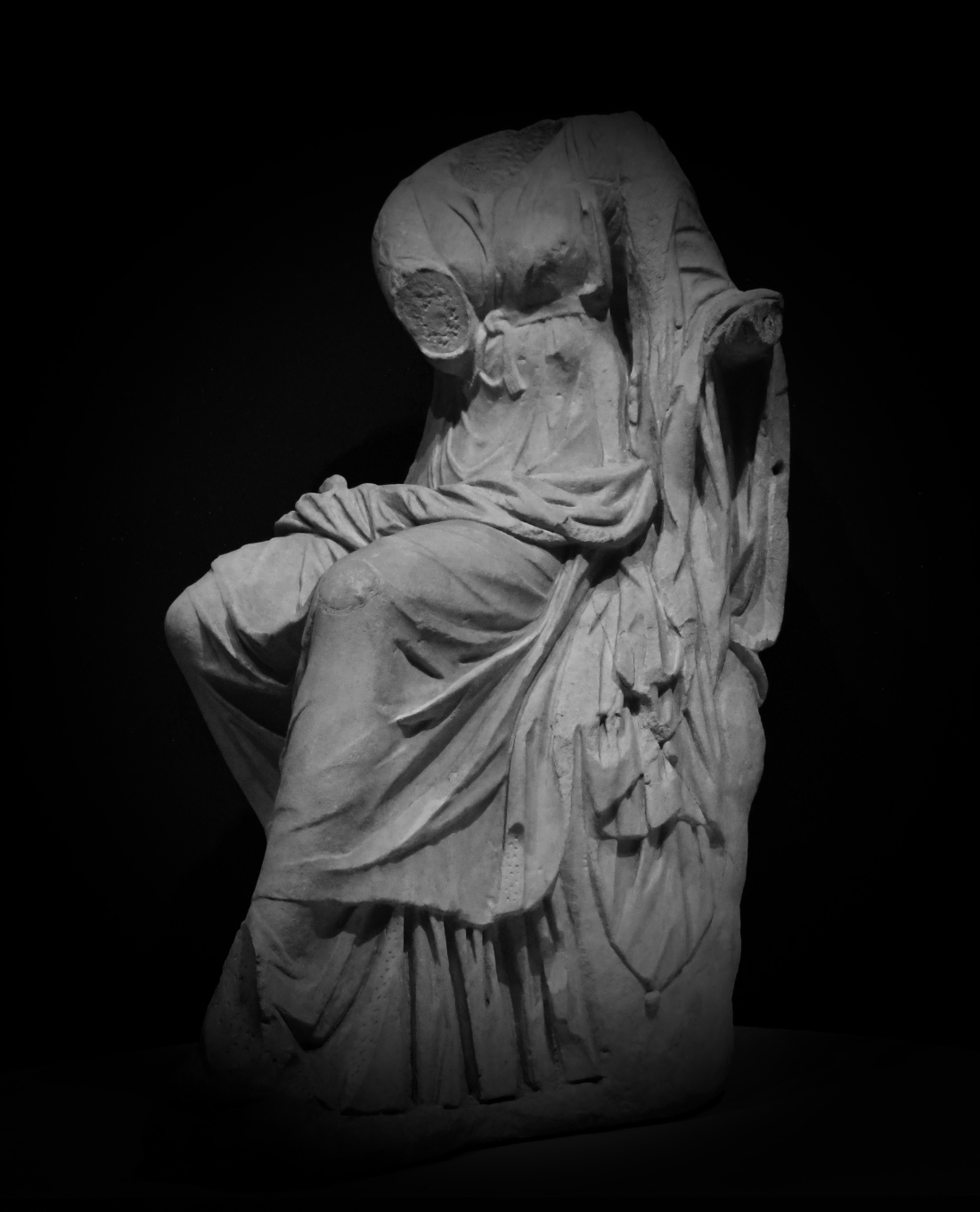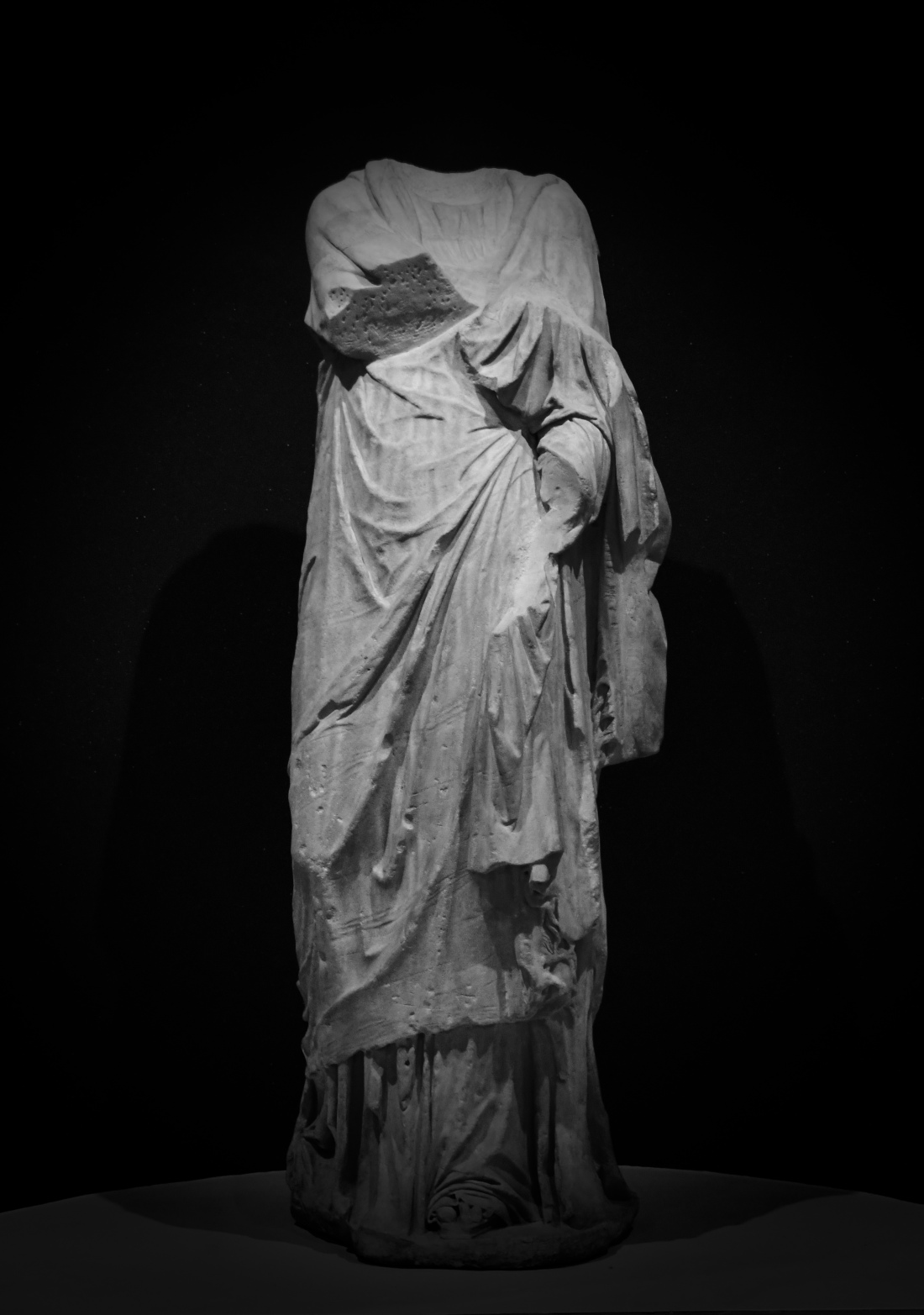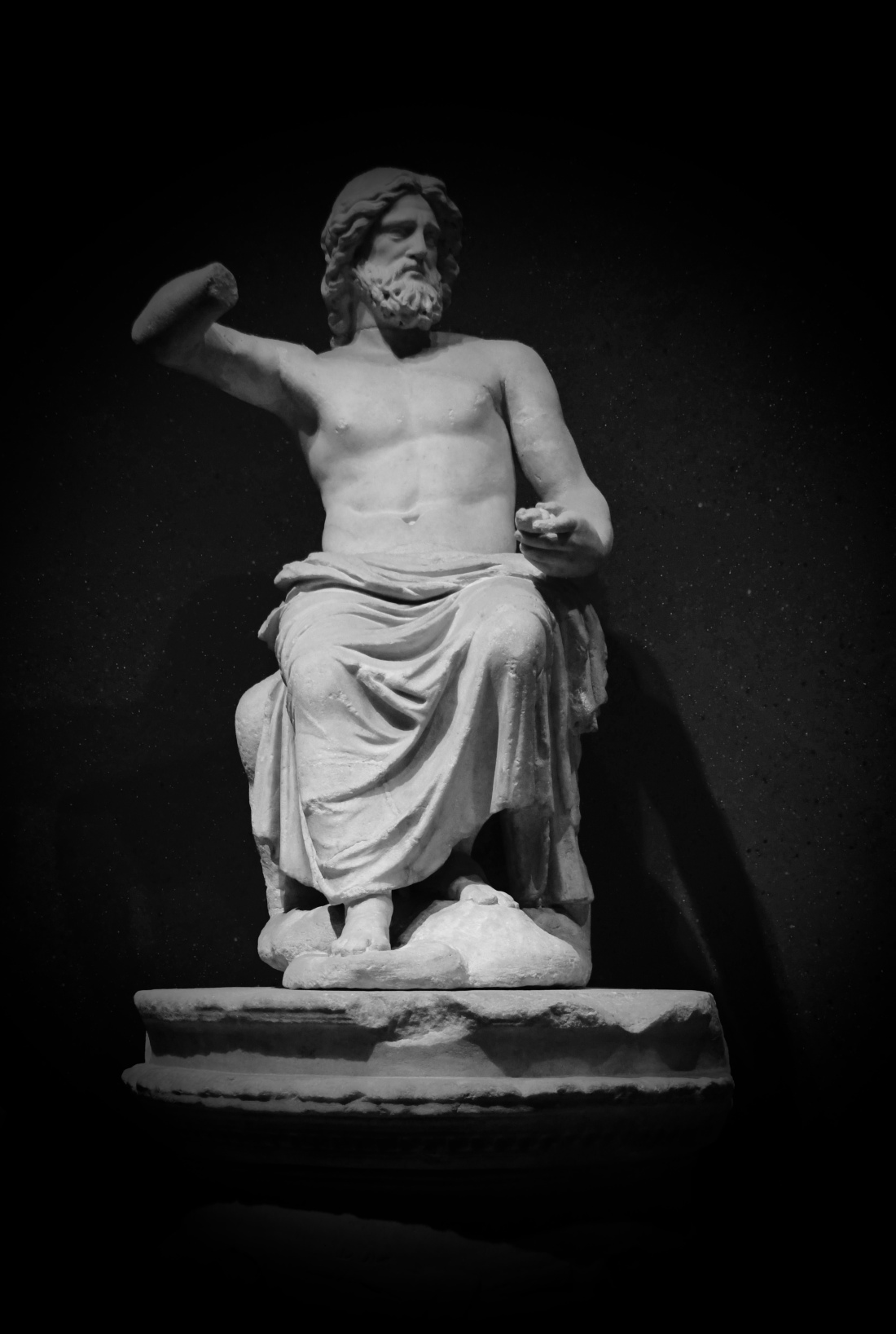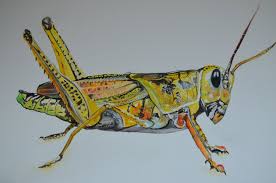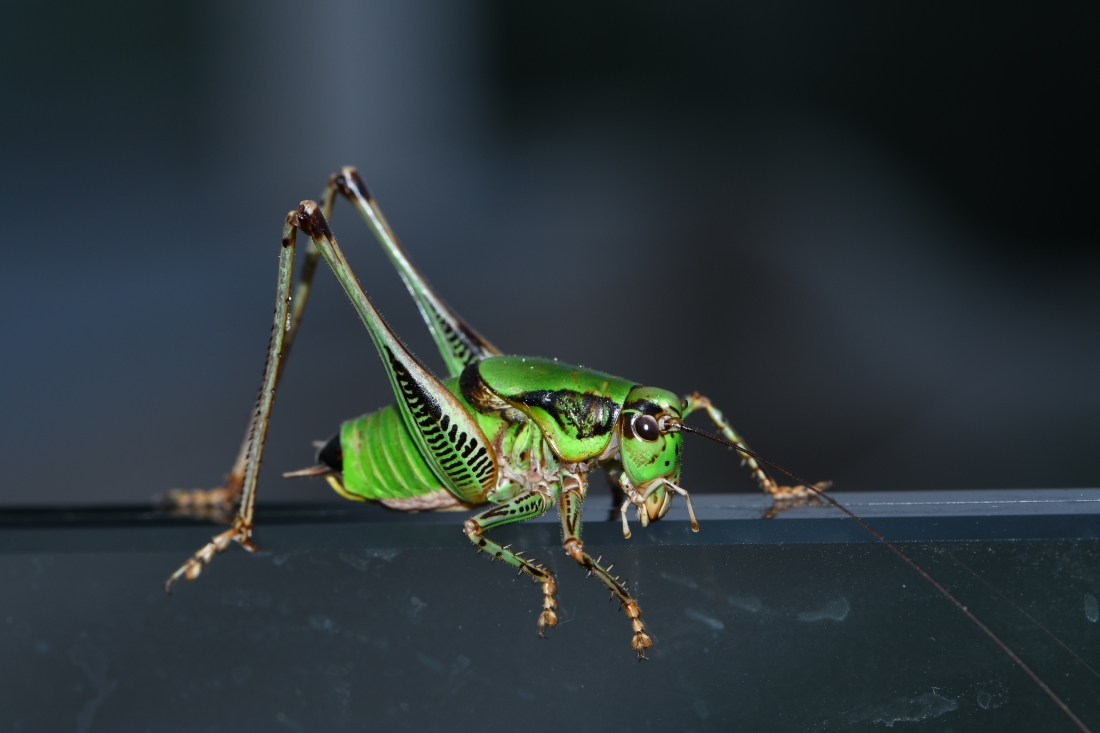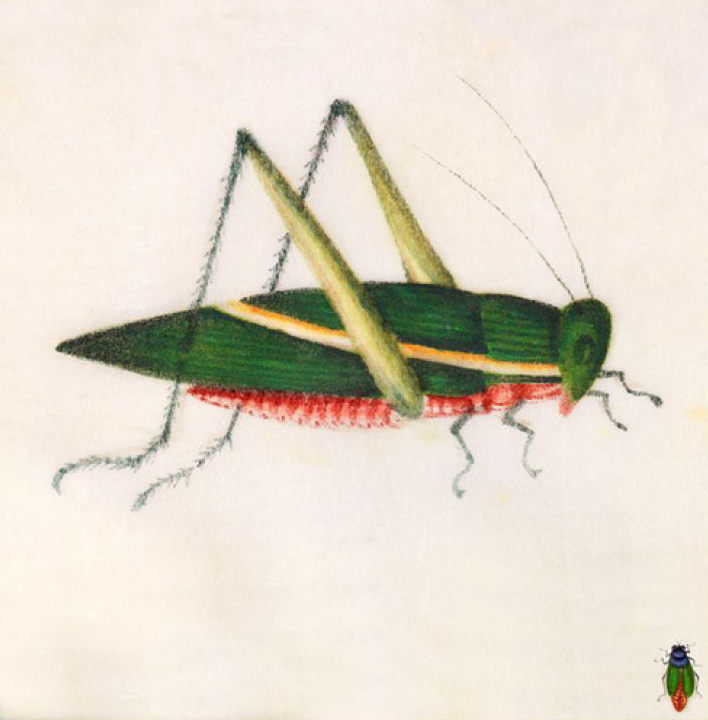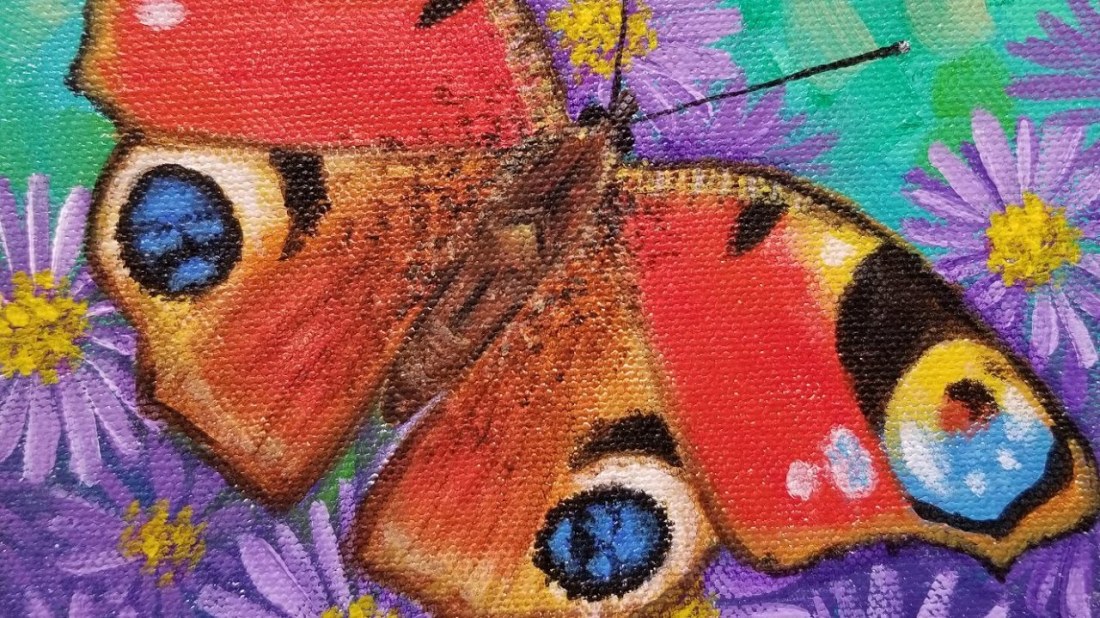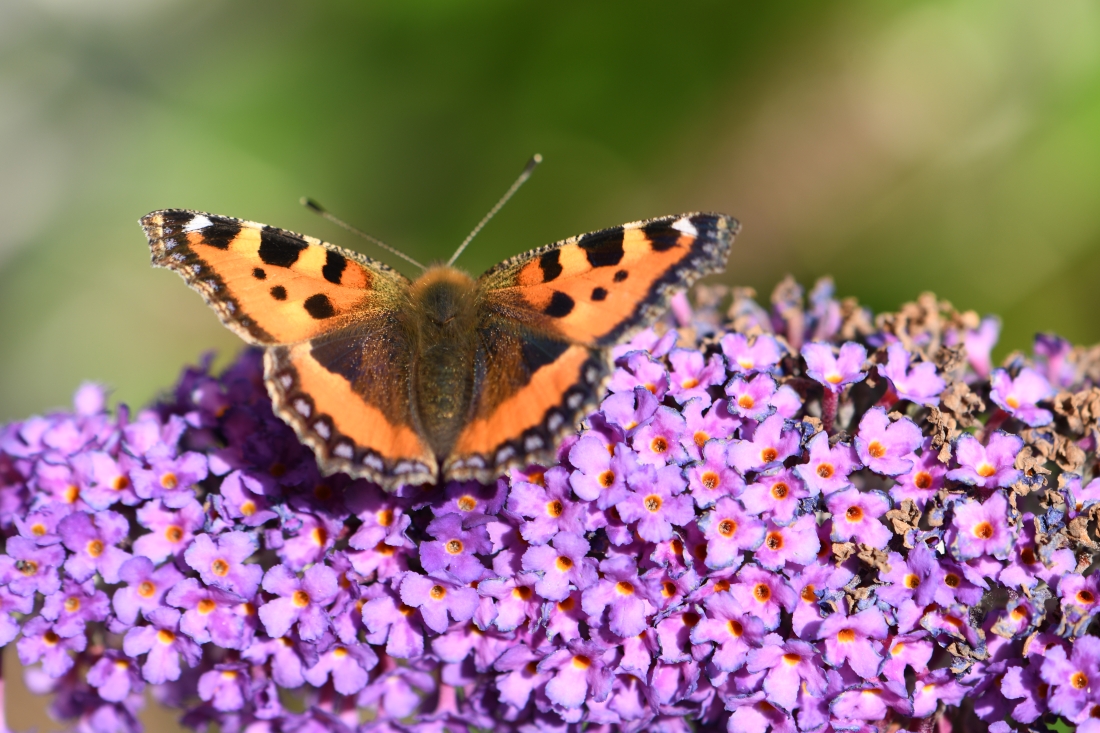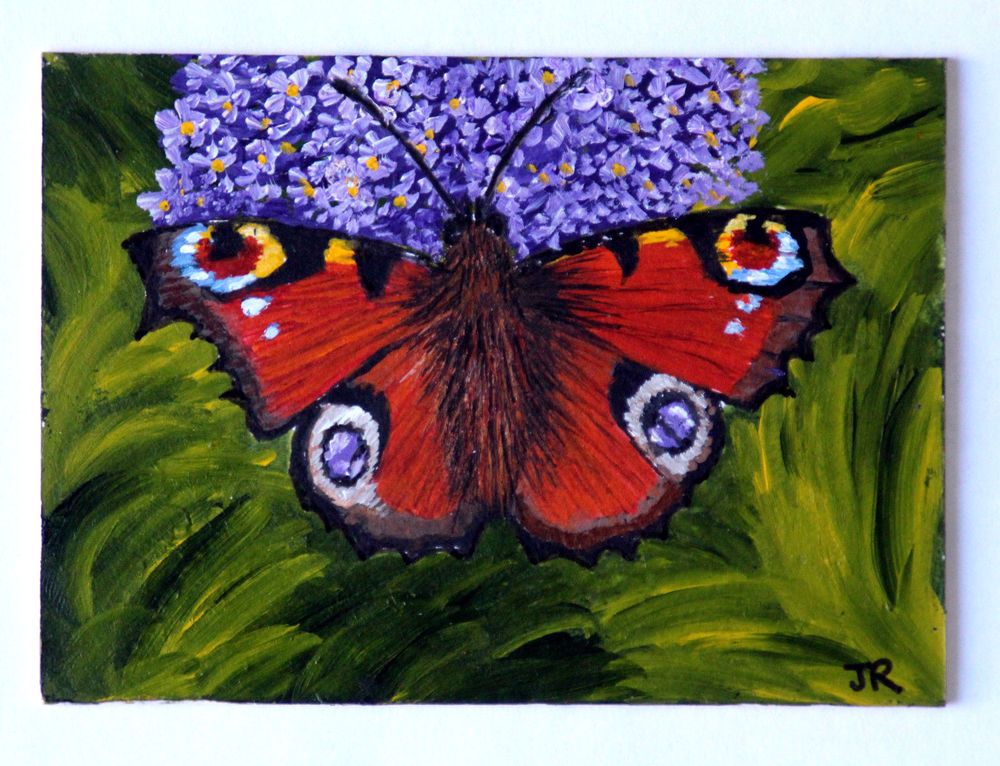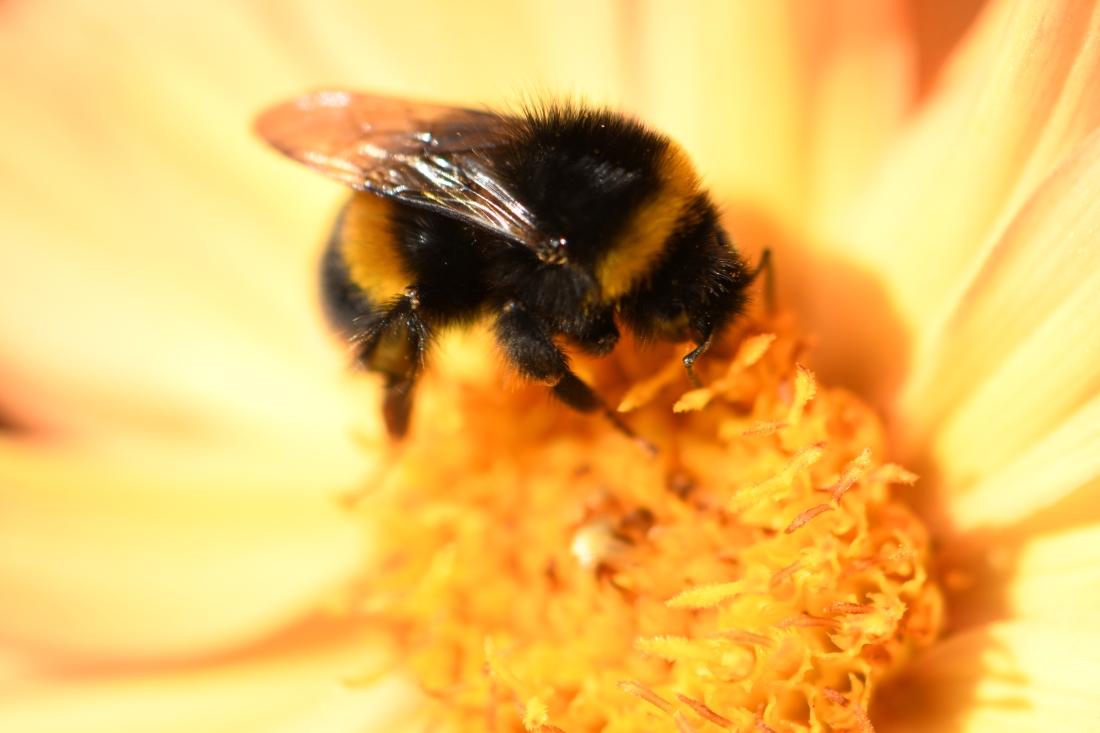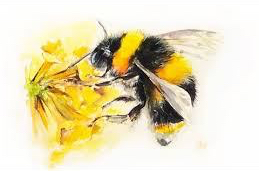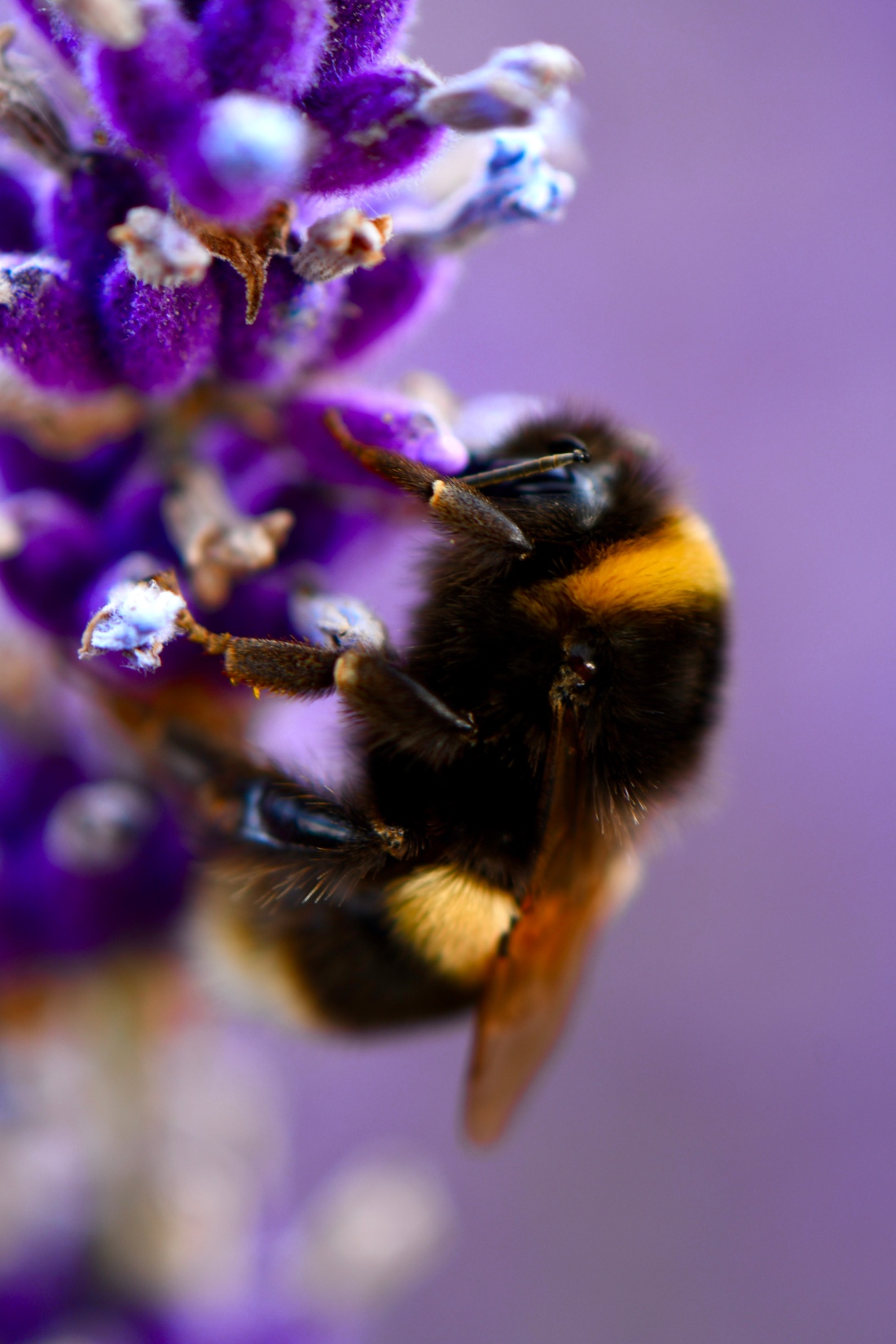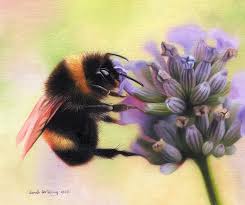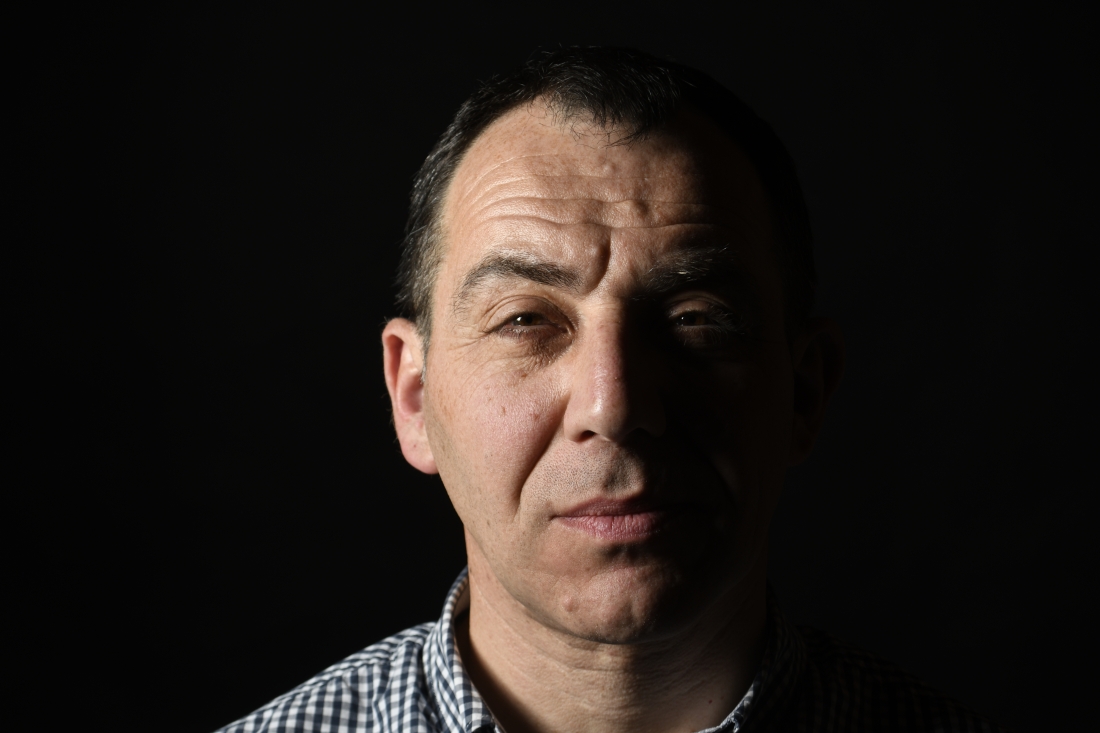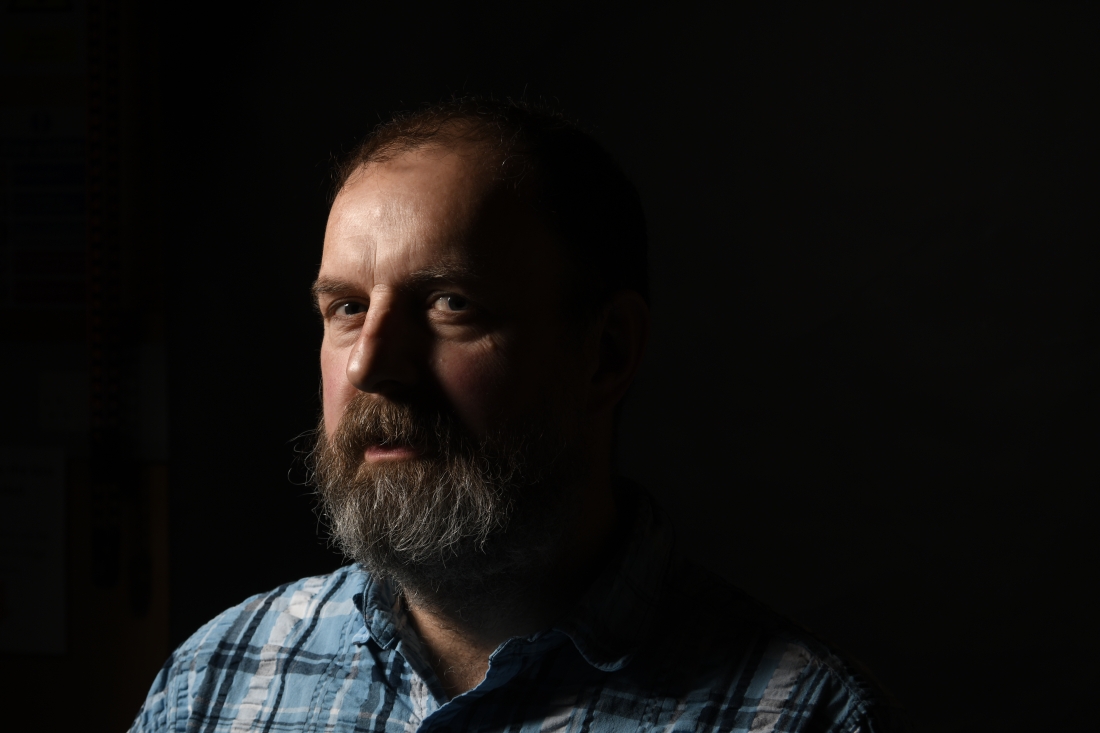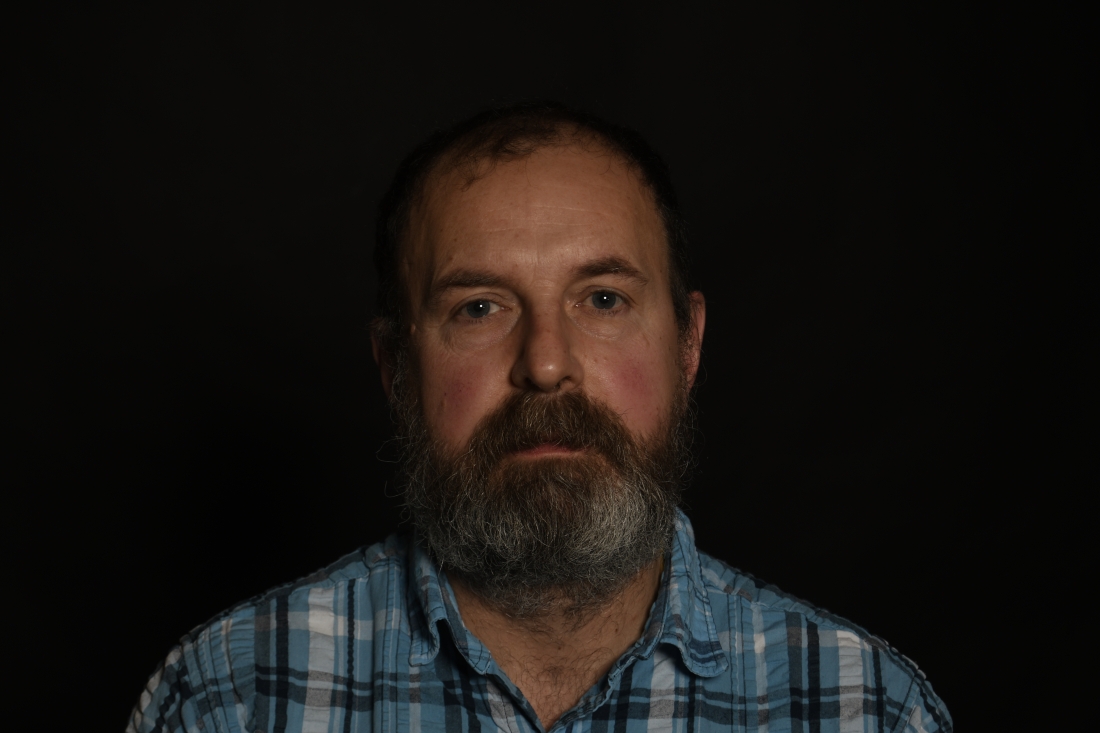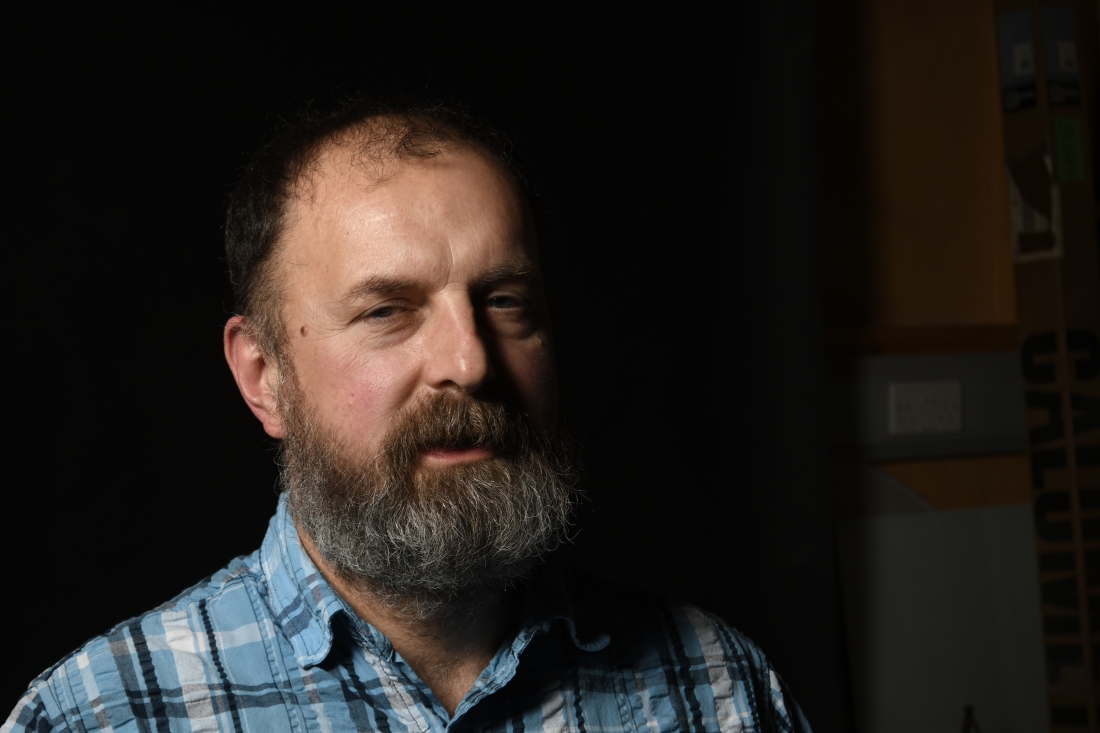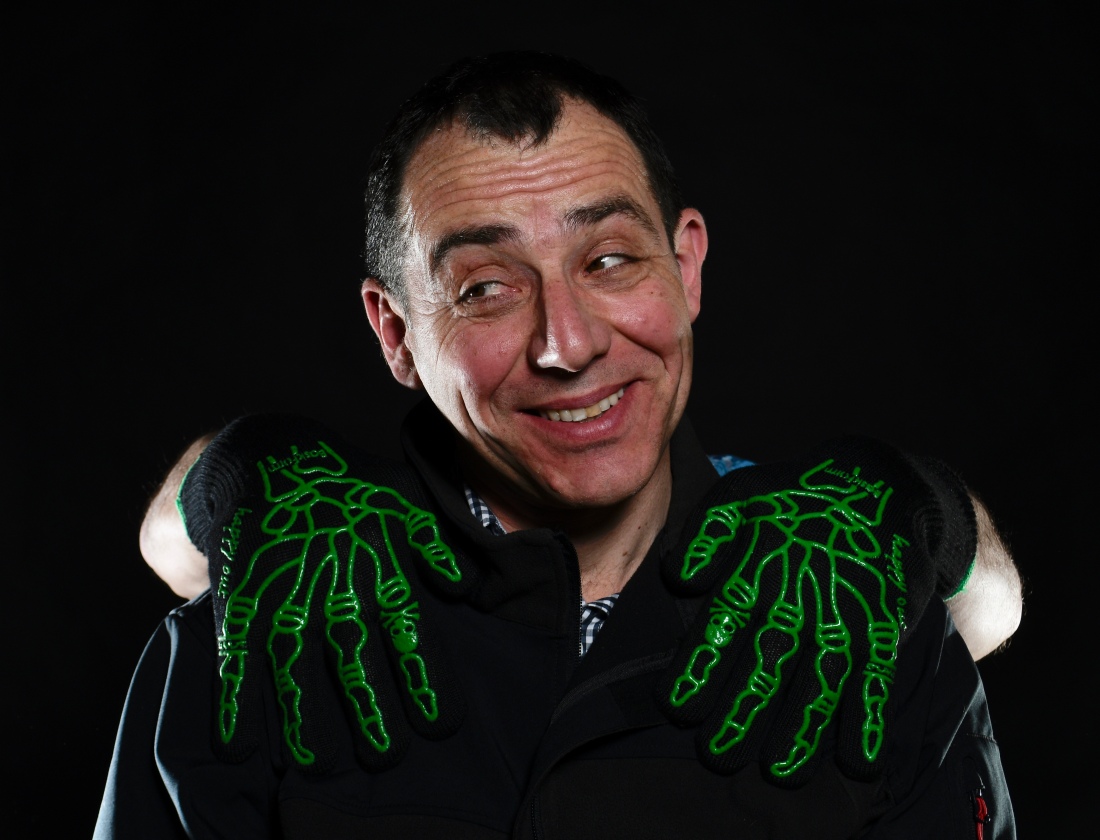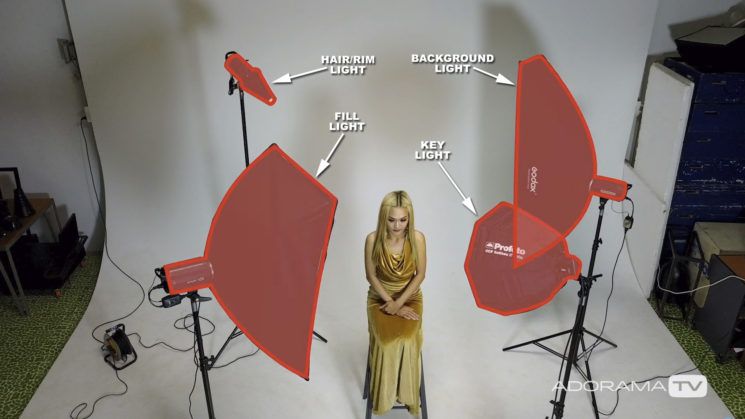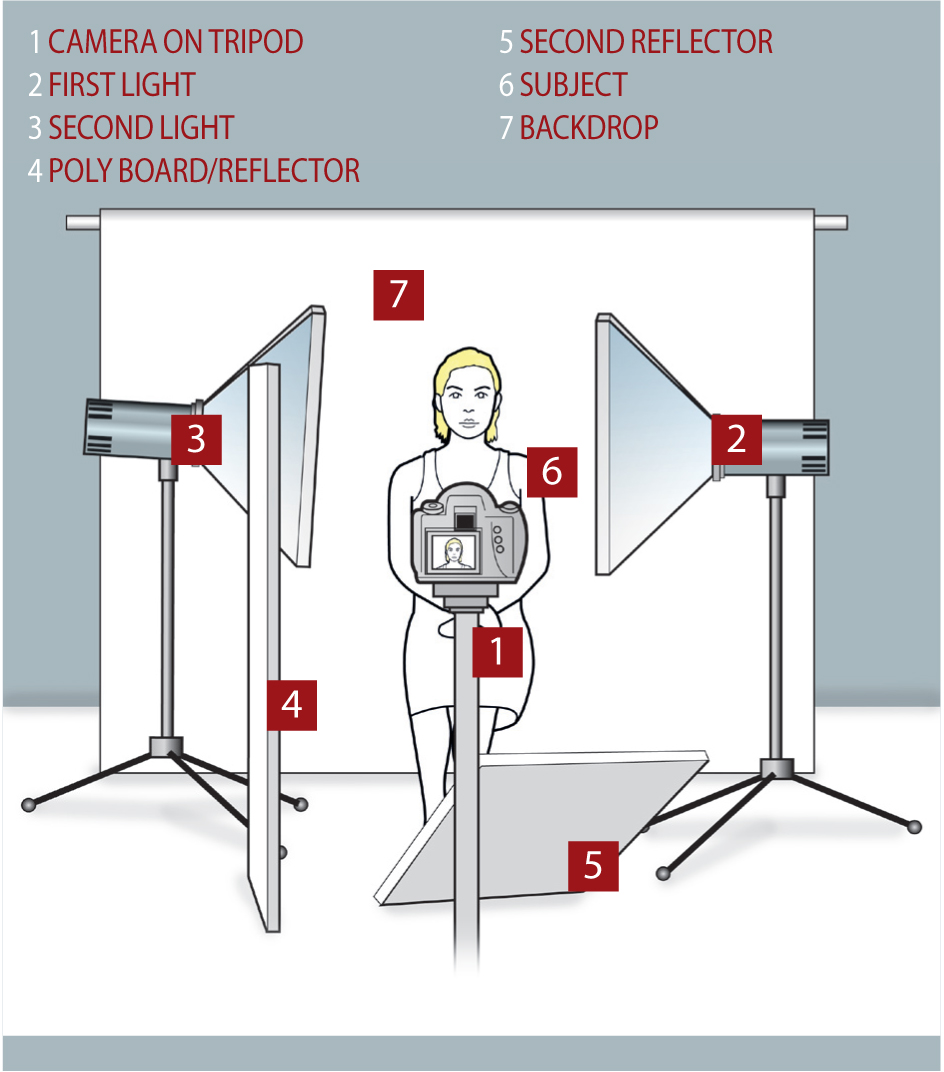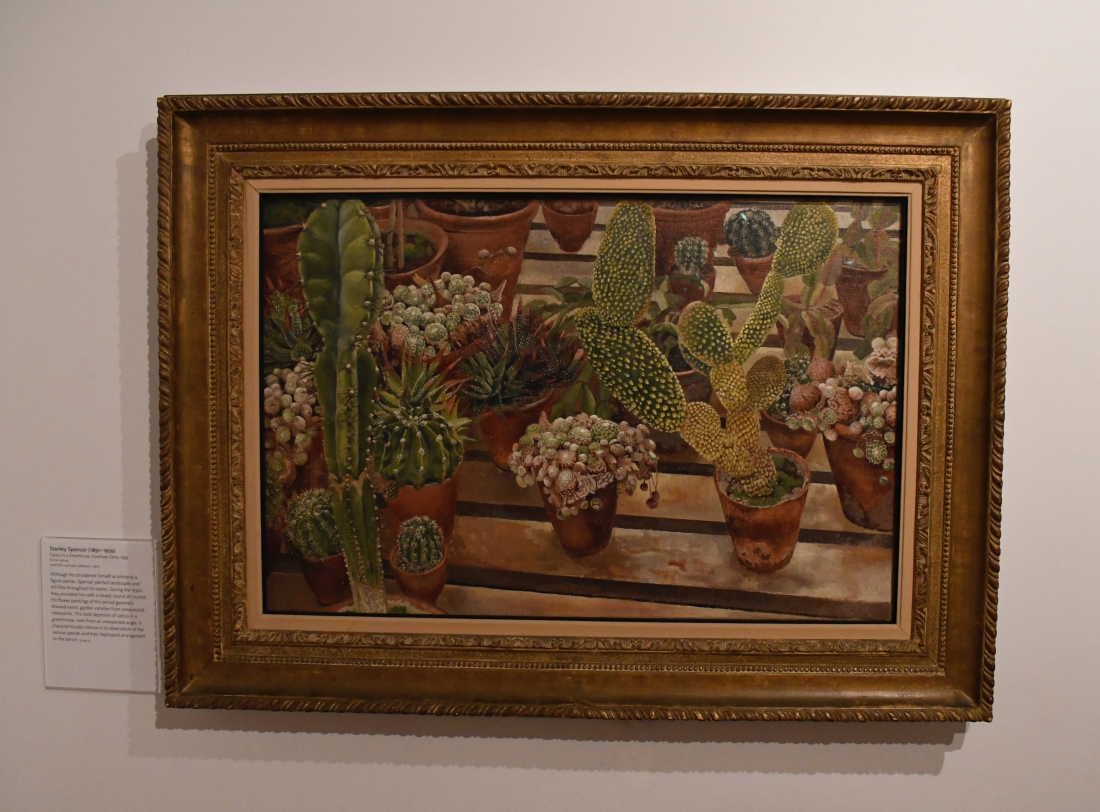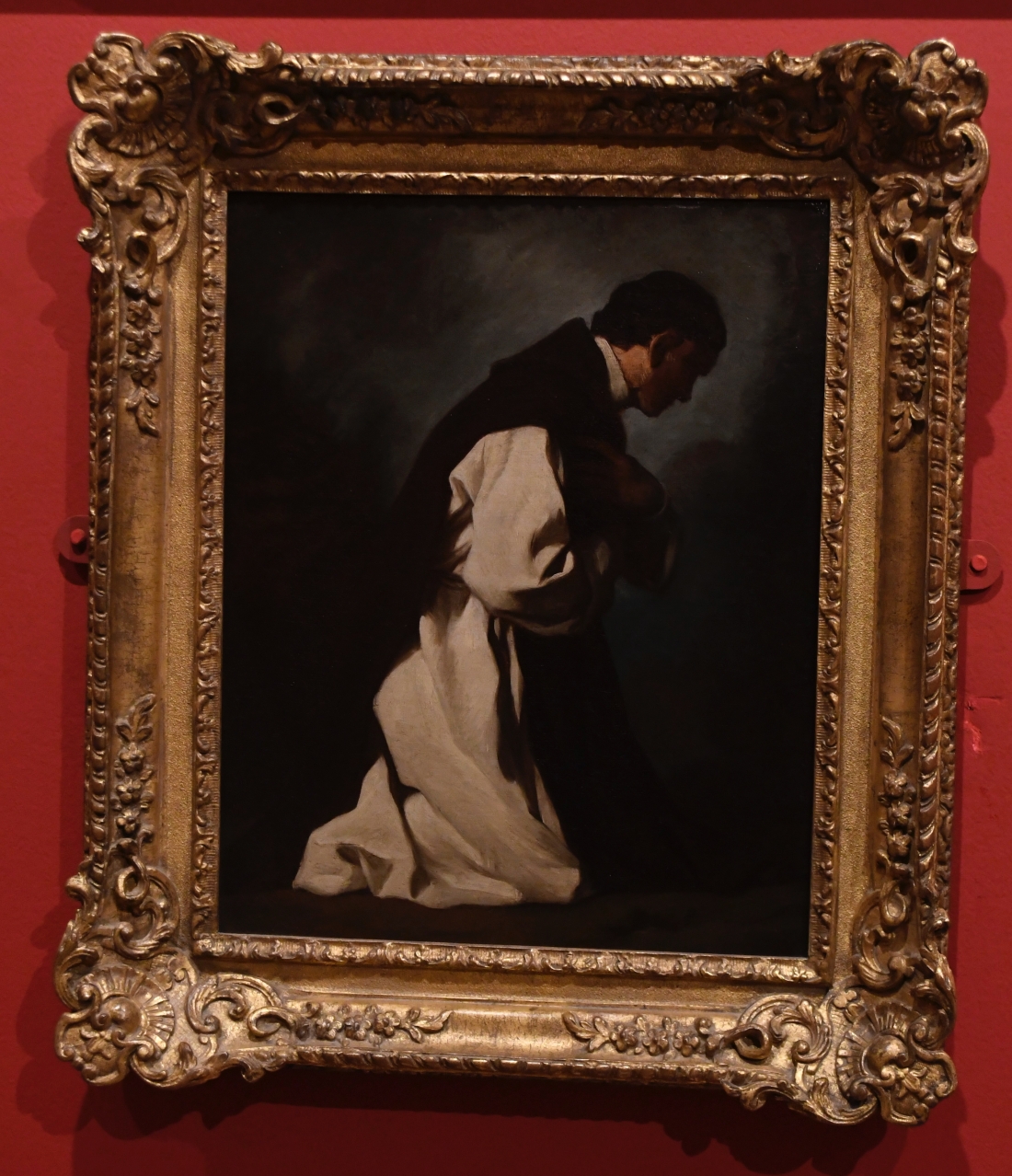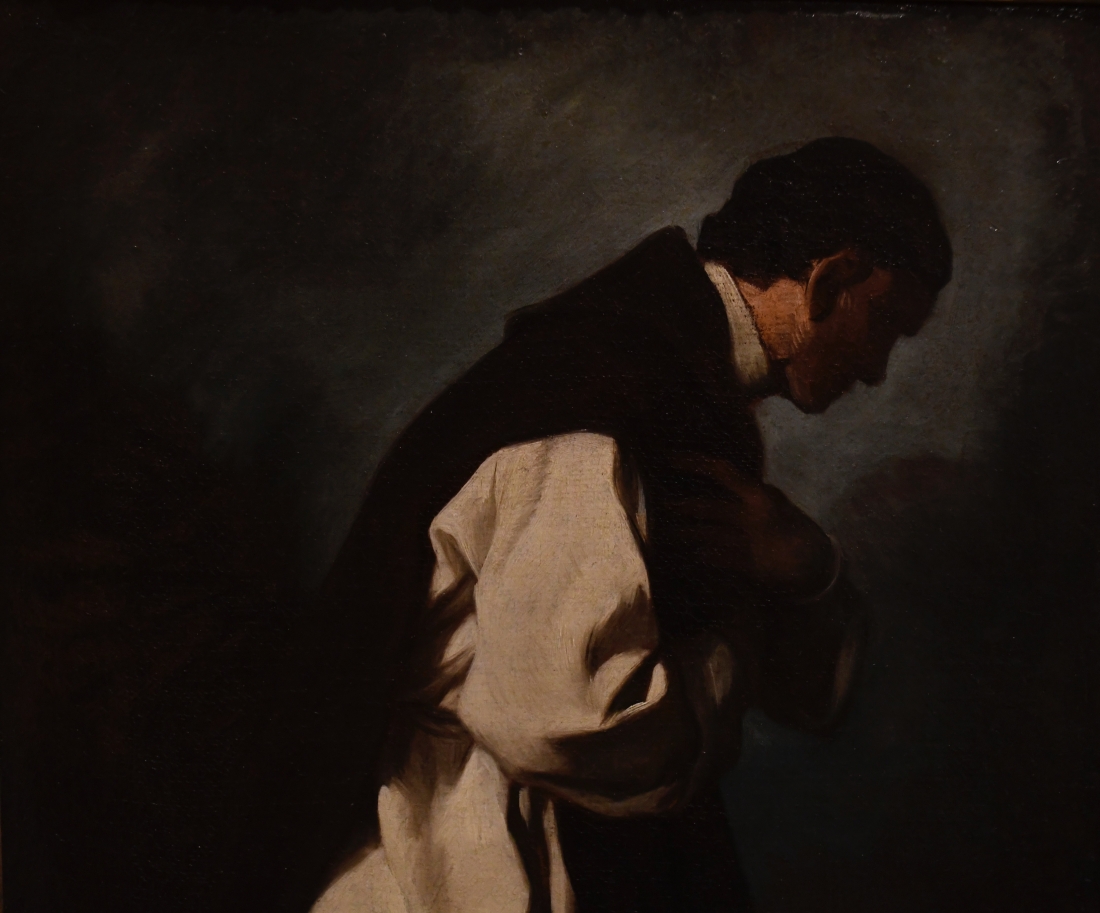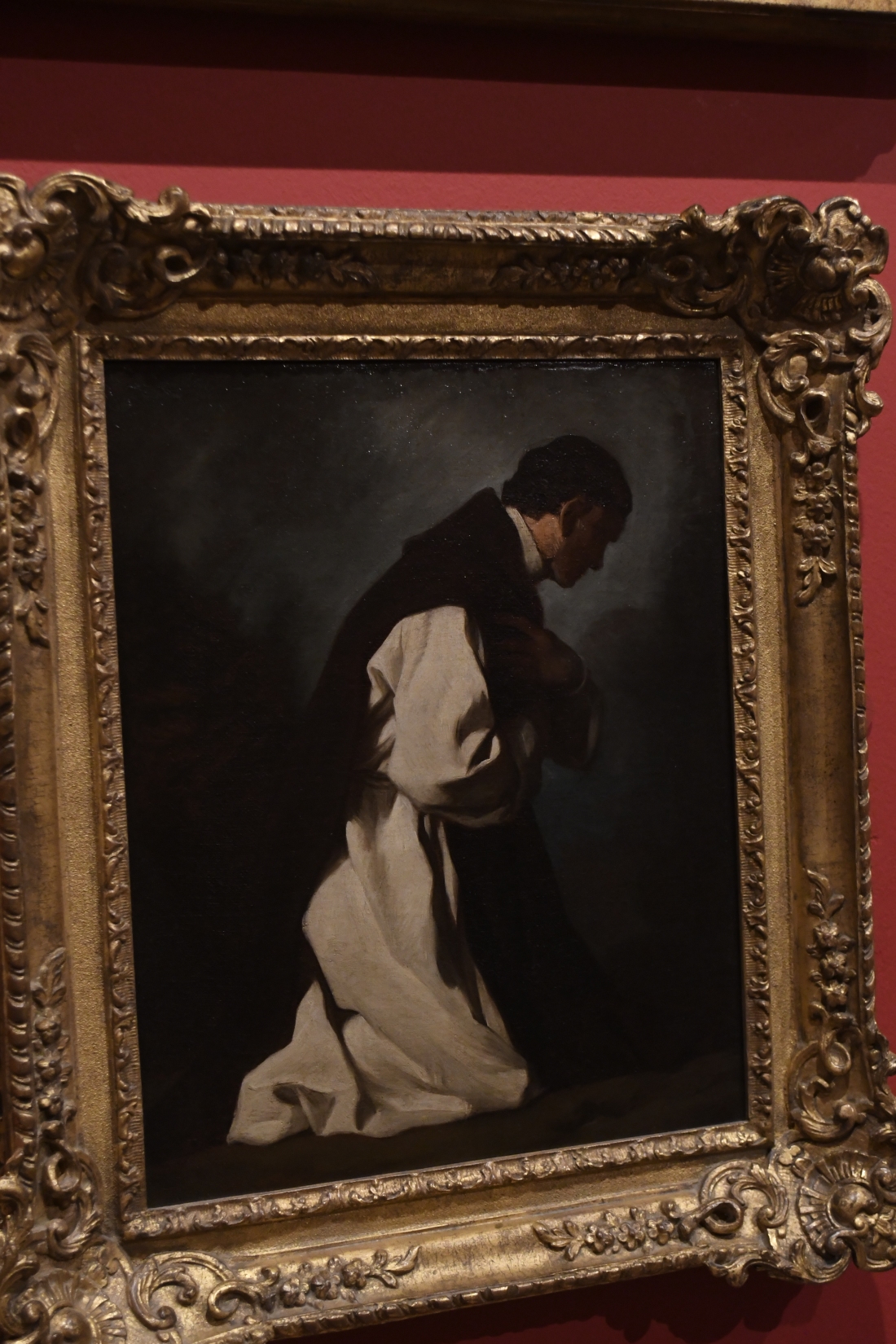When working outside a studio it is also essential to consider the Health and Safety issues, legal and also ethical issues when preparing for and managing a shoot.
- Consideration should always be taken of all the general public that are in close proximity to the shoot. As a photographer you will also attract bystanders. It is essential that they do not obstruct the photographer at work and indeed that the photographer does not obstruct them.
- Flash lights and any wiring for lights should not be allowed to trail, unmarked, along the floor. They should all be clearly visible to the general public so they do not become trip hazards.
- When shooting from above the subject/object care should be taken when using steps. Correct steps should be used and not improvised using other items. They should be placed on flat ground or have extra support or be held by a photographer’s assistant.
- Flashguns should be used with care as they are extremely strong light and can damage eyes. The flash must be used at the correct distance from the subject.
- All equipment should be used with care – tripods should be placed where they are visible and not as trip hazards.
- Care should be taken to give the model adequate breaks during the shoot.
- Photoshoots should ideally be planned to ensure that the correct items are available and everyone works efficiently. This will also help prevent accidents as everyone will know their role.
- Any spillages of liquid or items should be prompted cleared up to prevent trip hazards and damage to electrical equipment and cameras.
- Electrical shocks from the lighting equipment should be reported to the responsible person.
- Copyright rules should be considered when planning a shoot to ensure that they are not infringed.
- At the end of the shoot all equipment should be tidied away and the area left unaffected by the shoot.
